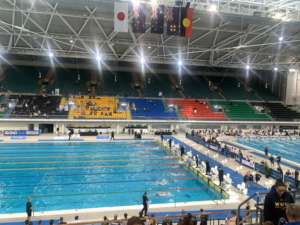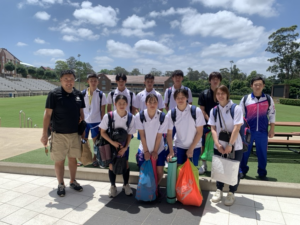I became interested in the difference in the revenue structure of the local government in Japan and Australia/New Zealand, while revising the “Local Government of Australia and New Zealand” guidebook that I mentioned in the April issue of this newsletter. I would like to introduce the revenue structure of the Japanese local government from the perspective of this difference.
Looking at the revenue breakdown of all local governments in the 2021/22 financial year, in Australia, taxation revenue was 37.9%, sales of goods and services were 26.0%, current grants and subsidies were 14.5% and so on. In New Zealand, taxation revenue was 60.0%, grants, subsidies, and donation income were 15.2% and so on. On the other hand, in Japan, the breakdown of local government revenue in FY2021 was 28.7% from taxation revenue, 29.0% from national and prefectural government disbursements, 13.2% from local allocation tax, 7.4% from local government bonds and so on. While taxation revenue accounts for a large portion of local government revenue in Australia and New Zealand, in Japan, national and prefectural government grants and local allocation tax revenues account for a large portion of local government revenue, and local government bonds also finance their revenue as well.
While, in Australia and New Zealand, the main source of taxation revenue for local governments is basically rates (property tax), in Japan, in addition to rates (property tax) levied on land, houses and buildings, and depreciable assets, there are local inhabitant taxes on residents, consisting of a flat rate plus 6% of personal income, and local inhabitant taxes on corporations, consisting of a flat rate plus 6% of the corporate tax amount.
In addition, since there is an imbalance in local tax revenues among the local governments, the local allocation tax is granted to adjust this imbalance and to guarantee financial resources to provide a certain level of administrative services to citizens living in any region. The local allocation tax is financed by a certain percentage of national income tax, corporate tax, liquor tax and consumption tax, as well as the full amount of local corporate tax. This local allocation tax is positioned as an intrinsic revenue source of local governments, with no restrictions on its use.
Local government bonds are loans taken out over a single financial year and in principle are used to cover a certain proportion of investment expenses (expenses related to construction projects).
These are the major differences in the local government revenue structure of Japan and Australia/New Zealand.
We would appreciate the opportunity to discuss these differences between Japan and Australia/New Zealand with you.

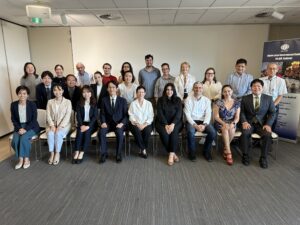
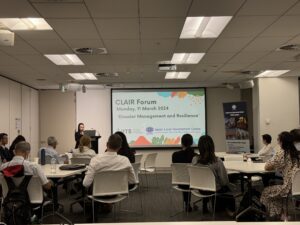
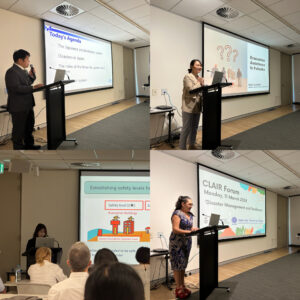
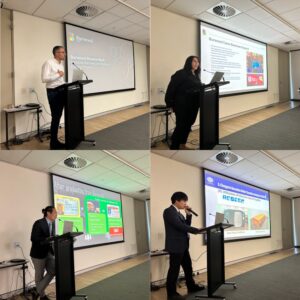
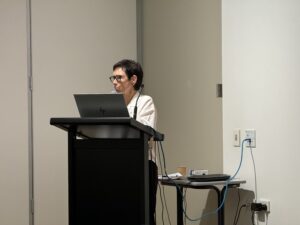
 From the 3rd to the 13th of December, eight selected swimmers from the Fukuoka Swimming Association visited NSW, where they participated in joint training sessions with a local school and competed in the 2024-25 Speedo NSW Senior State Age Championships.
From the 3rd to the 13th of December, eight selected swimmers from the Fukuoka Swimming Association visited NSW, where they participated in joint training sessions with a local school and competed in the 2024-25 Speedo NSW Senior State Age Championships.